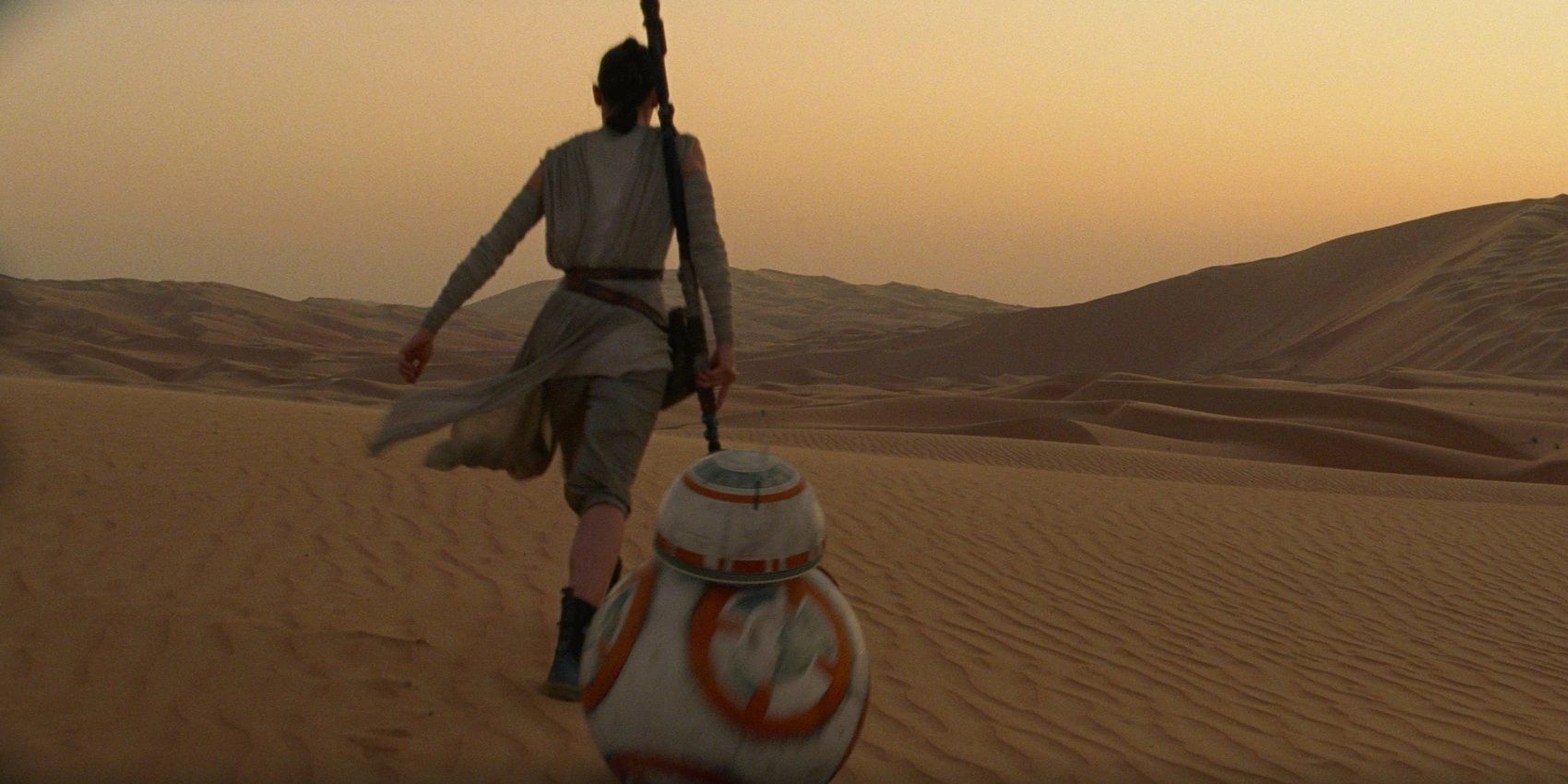When J.J. Abrams’ Star Wars: The Force Awakens hit theaters, it was praised for its fast pacing, dazzling visual effects, and John Williams’ typically breathtaking score. But the response to the movie wasn’t entirely positive. Thanks to its familiar storytelling, it was accused of rehashing the 1977 original. It’s about a struggling rebellion fighting an evil empire and blowing up its planet-destroying superweapon. And on top of that, the hero is a down-on-their-luck desert scavenger who has no idea they’re ridiculously Force-sensitive and dreams of leaving their humble settlement behind to become a starfighter pilot.Rey has the same origins as both Luke and Anakin, the protagonists of the previous Star Wars trilogies. The only thing that significantly separates her from her predecessors is that her planet has a different name. The Skywalkers are from Tatooine, a dusty desert world filled with junkers and thieves, and Rey is from Jakku, a dusty desert world filled with junkers and thieves.According to ex-Disney chief Bob Iger’s memoir The Ride of a Lifetime, George Lucas was disappointed that The Force Awakens didn’t introduce fans to enough new worlds. Jakku is technically a “new” planet in the Star Wars canon, but it’s basically just Tatooine under a different name. These two planets are exactly alike and it makes the whole Star Wars universe feel repetitive and inconsistent.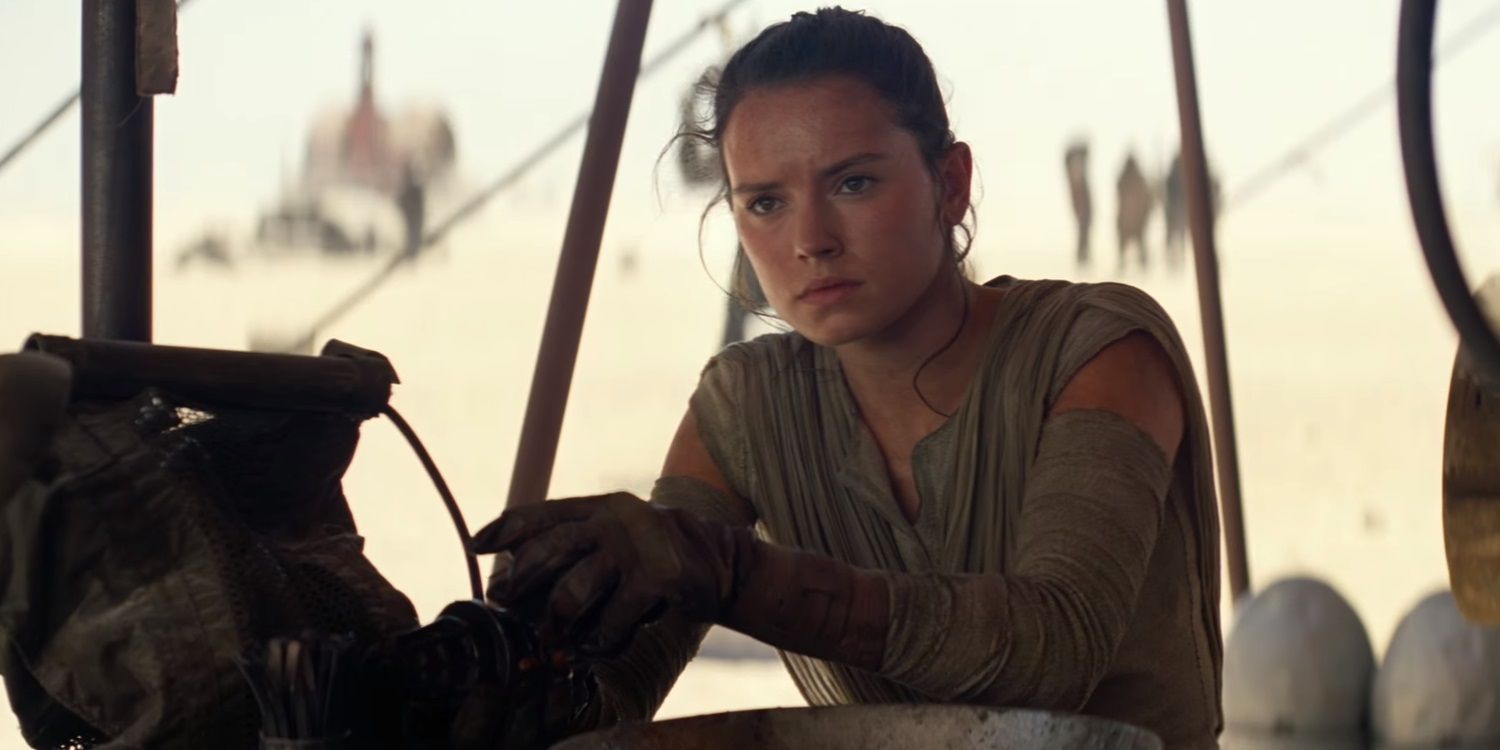 A galaxy far, far away used to be a rich, well-rounded fictional universe before the sequel trilogy came along. Jakku is just one symptom of The Force Awakens’ undoing of the consistency of Star Wars lore. With the Resistance, the First Order, and Starkiller Base, Abrams’ movie is filled with familiar iconography under a snazzy new name. Instead of the next chapter of the story, The Force Awakens feels like a retelling of a previous chapter.As long as Rey’s home planet was going to be Tatooine in all but name, then it might as well have just been Tatooine. The desert landscapes of Jakku were clearly meant to evoke fans’ nostalgia for Luke’s homeworld, but there’s no better way to do that than to just return to Tatooine itself.
A galaxy far, far away used to be a rich, well-rounded fictional universe before the sequel trilogy came along. Jakku is just one symptom of The Force Awakens’ undoing of the consistency of Star Wars lore. With the Resistance, the First Order, and Starkiller Base, Abrams’ movie is filled with familiar iconography under a snazzy new name. Instead of the next chapter of the story, The Force Awakens feels like a retelling of a previous chapter.As long as Rey’s home planet was going to be Tatooine in all but name, then it might as well have just been Tatooine. The desert landscapes of Jakku were clearly meant to evoke fans’ nostalgia for Luke’s homeworld, but there’s no better way to do that than to just return to Tatooine itself.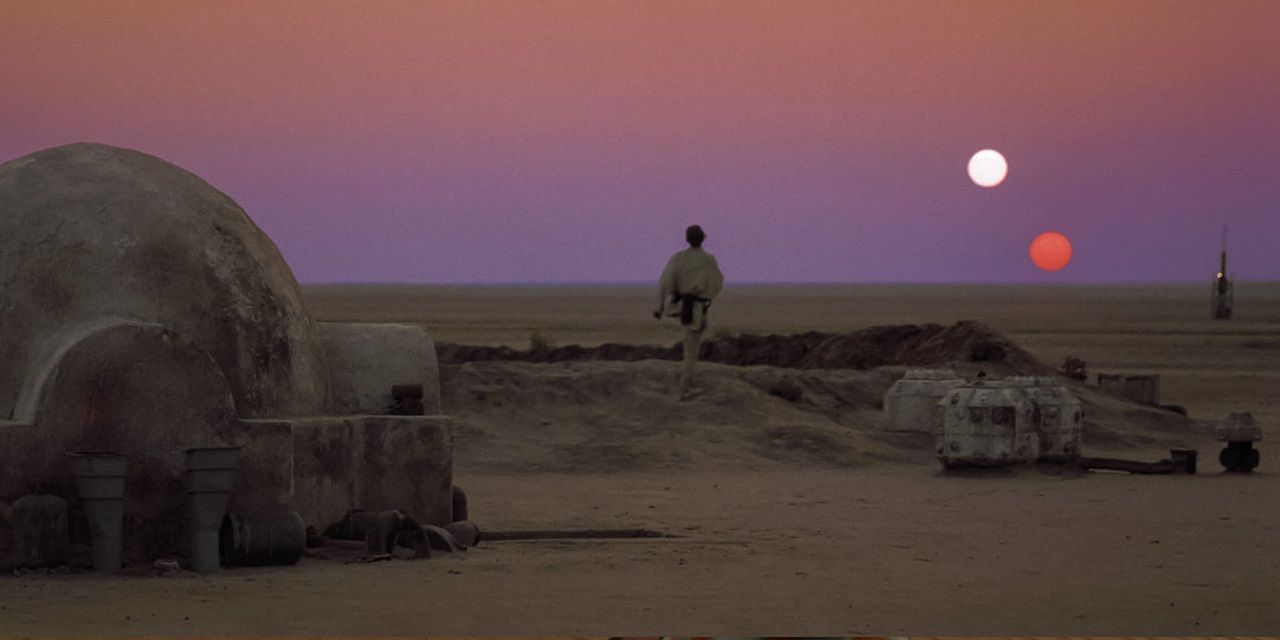 If it had just been Tatooine – and Rey and Unkar Plutt and Finn’s crashed TIE fighter had all been in a different “Mos” province of Tatooine – it would’ve continued the Star Wars tradition of beginning the first movie of each trilogy with a Force-sensitive underdog living a mundane existence on Tatooine. In the original 1977 movie, Luke is working on his aunt and uncle’s moisture farm, desperate to join the Rebel Alliance and constantly being deferred. In The Phantom Menace, Qui-Gon finds Anakin working at Watto’s junk shop and determines him to be the “chosen one” prophesized to bring balance to the Force.In both cases, the barren wastelands of Tatooine act as a great jumping-off point for the rest of the trilogy to explore exciting new planets. Once Luke leaves Tatooine, he travels to such disparate worlds as snowy Hoth, woodsy Endor, steampunk-tinged Cloud City, and the monolithic Death Star. After Anakin leaves for Coruscant, he ends up venturing to the bright-green fields of Naboo, the reddish plains of Geonosis, the volcanic landscapes of Mustafar, and all the other Clone Wars battlegrounds.
If it had just been Tatooine – and Rey and Unkar Plutt and Finn’s crashed TIE fighter had all been in a different “Mos” province of Tatooine – it would’ve continued the Star Wars tradition of beginning the first movie of each trilogy with a Force-sensitive underdog living a mundane existence on Tatooine. In the original 1977 movie, Luke is working on his aunt and uncle’s moisture farm, desperate to join the Rebel Alliance and constantly being deferred. In The Phantom Menace, Qui-Gon finds Anakin working at Watto’s junk shop and determines him to be the “chosen one” prophesized to bring balance to the Force.In both cases, the barren wastelands of Tatooine act as a great jumping-off point for the rest of the trilogy to explore exciting new planets. Once Luke leaves Tatooine, he travels to such disparate worlds as snowy Hoth, woodsy Endor, steampunk-tinged Cloud City, and the monolithic Death Star. After Anakin leaves for Coruscant, he ends up venturing to the bright-green fields of Naboo, the reddish plains of Geonosis, the volcanic landscapes of Mustafar, and all the other Clone Wars battlegrounds.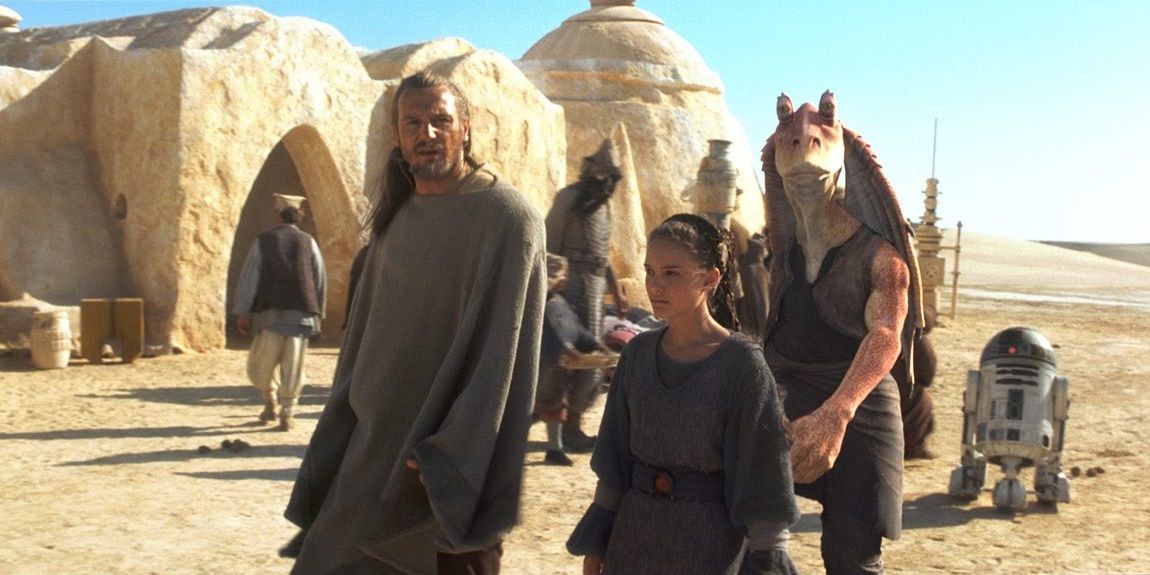 The case could be made that returning to Tatooine in The Force Awakens would’ve felt like even more of a re-tread than introducing a new desert planet. But The Phantom Menace went back to Tatooine without feeling like a re-tread because it explored new corners of the planet. In the original trilogy, Luke lived in the middle of nowhere and journeyed into Mos Eisley with Obi-Wan to find a pilot to take them to Alderaan. In The Phantom Menace, Qui-Gon lands in Mos Espa to repair Padmé’s ship. The podracing and the presence of younger incarnations of Greedo and Jabba the Hutt keep The Phantom Menace’s Tatooine scenes fresh.In The Mandalorian, Jon Favreau has proven that going back to Tatooine doesn’t need to be a rehash. Mando has returned to familiar locations like Mos Eisley Spaceport and the Dune Sea, but Favreau used these settings for new storylines like a bounty hunter team-up a la For a Few Dollars More and the slaying of a krayt dragon.
The case could be made that returning to Tatooine in The Force Awakens would’ve felt like even more of a re-tread than introducing a new desert planet. But The Phantom Menace went back to Tatooine without feeling like a re-tread because it explored new corners of the planet. In the original trilogy, Luke lived in the middle of nowhere and journeyed into Mos Eisley with Obi-Wan to find a pilot to take them to Alderaan. In The Phantom Menace, Qui-Gon lands in Mos Espa to repair Padmé’s ship. The podracing and the presence of younger incarnations of Greedo and Jabba the Hutt keep The Phantom Menace’s Tatooine scenes fresh.In The Mandalorian, Jon Favreau has proven that going back to Tatooine doesn’t need to be a rehash. Mando has returned to familiar locations like Mos Eisley Spaceport and the Dune Sea, but Favreau used these settings for new storylines like a bounty hunter team-up a la For a Few Dollars More and the slaying of a krayt dragon.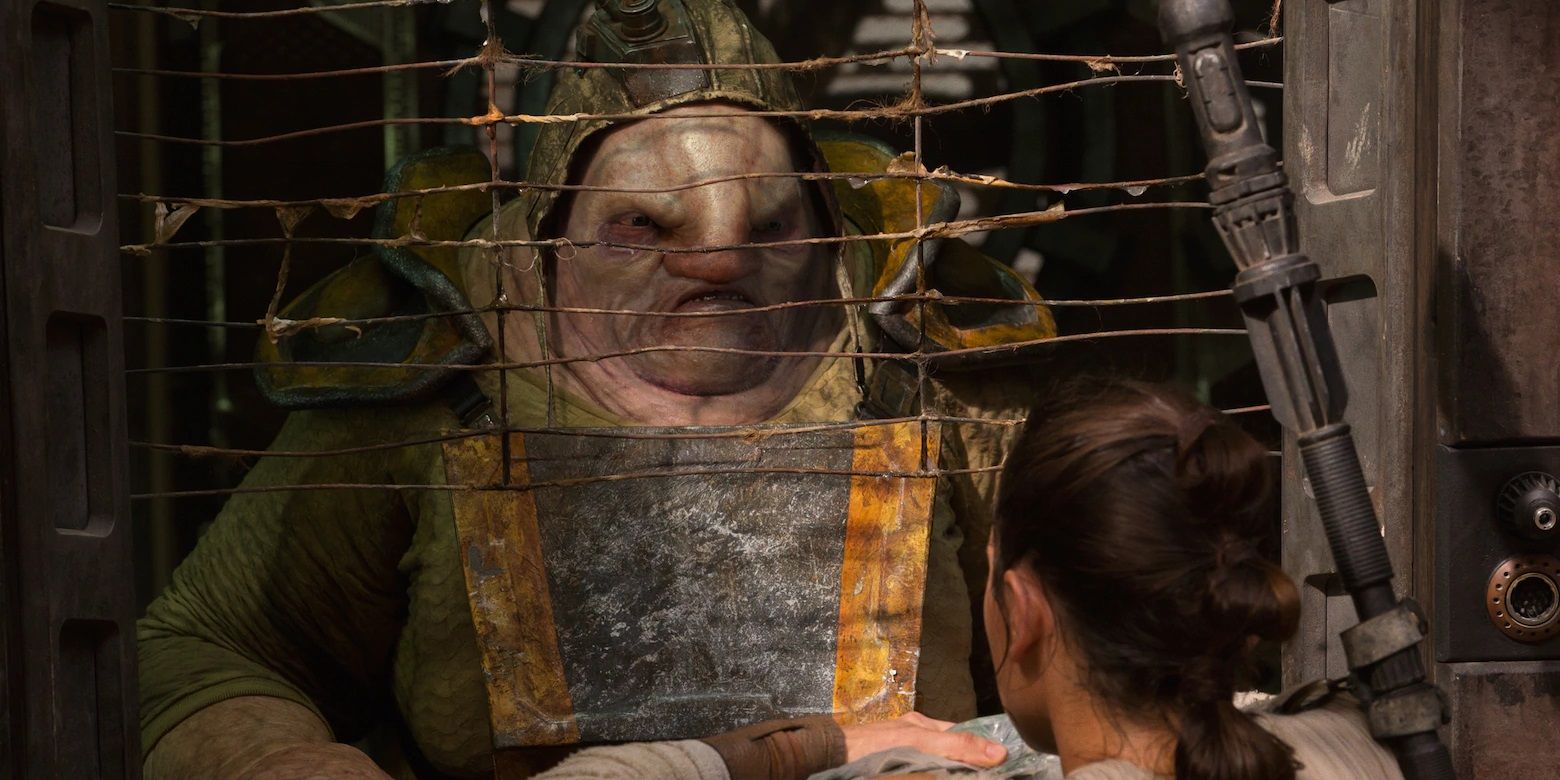 If The Force Awakens had introduced Rey as a Tatooine native, it wouldn’t necessarily have felt more like a soft remake of the original movie. It certainly would if Abrams kept the Death Star plot and the Rebels versus Empire conflict, but what the sequel trilogy needed was an original story, not planets with new names.According to IndieWire, Abrams explained why he helmed The Force Awakens essentially as a remake of A New Hope: “[The Force Awakens] was a bridge and a kind of reminder; the audience needed to be reminded what Star Wars is, but it needed to be established with something familiar.” He has a good point, but telling the exact same story all over again was the wrong way to go about reintroducing audiences to the Star Wars universe. Before branching off into a brand-new narrative structure, opening the movie on Tatooine – an environment that fans are already accustomed to – would’ve been a great way to achieve Abrams’ goals.
If The Force Awakens had introduced Rey as a Tatooine native, it wouldn’t necessarily have felt more like a soft remake of the original movie. It certainly would if Abrams kept the Death Star plot and the Rebels versus Empire conflict, but what the sequel trilogy needed was an original story, not planets with new names.According to IndieWire, Abrams explained why he helmed The Force Awakens essentially as a remake of A New Hope: “[The Force Awakens] was a bridge and a kind of reminder; the audience needed to be reminded what Star Wars is, but it needed to be established with something familiar.” He has a good point, but telling the exact same story all over again was the wrong way to go about reintroducing audiences to the Star Wars universe. Before branching off into a brand-new narrative structure, opening the movie on Tatooine – an environment that fans are already accustomed to – would’ve been a great way to achieve Abrams’ goals.

